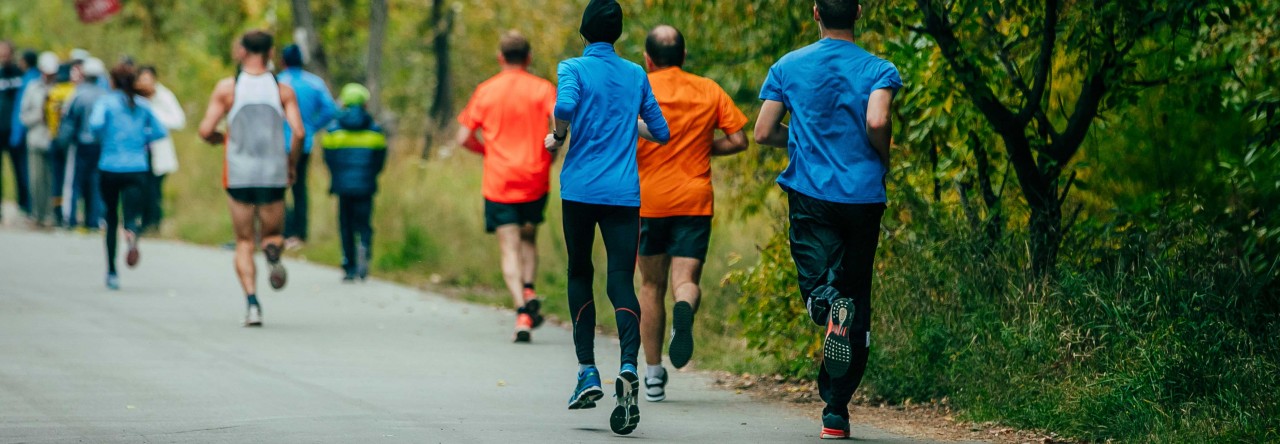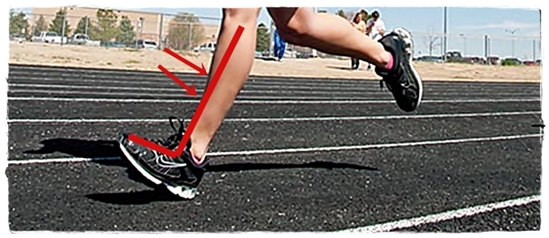Am sure you have heard the idiom “never say never”. What I like about it, which might be my own catch on the meaning, is the implicit indication of our progress in self-education that might lead us to change our opinion on a matter over time.
If I was asked a year ago whether heel-striking was wrong, I would be affirmative, and if I was asked whether everyone should quit doing this, I would strongly advise to stay away from it… but I am going to say something different today.
I have been with runners at different level of fitness, different techniques, and/or different attitudes towards running. Some were serious, some hated it, and some just used it as a means to stay fit. Their position towards the idea of form improvement varies. Those who are into progression at running are curious and those who are happy with what they do, do not usually care at all.
Heel-striking definitely makes running possible for everyone. It bypasses working out an important element in running: strengthening lower legs, mainly feet, which is not easy. Feet are small and are protected by shoes most of the time, especially at our modern age. Not only we do not get our feet to work out as we walk around, we kind of weaken them by letting shoes taking over the jobs of some parts in them. Skipping this step (strengthening feet) creates a shortcut to start marking mileages on the road very soon. For those who are between a beginner to intermediate it might work like a ladder on the snake-and-ladder board game. For those who are higher or want to go higher than intermediate I would say they would do better without it.
To my knowledge up to the date of this post, if you are not a very fast runner or currently not making very long distances (either in one go or cumulatively in a week), you might never face a thing in what I warn heel-strikers of. The problem starts once you progress. Who do not want to run a half marathon after having done City2Surf (14km)? or who do not want to run a full marathon once have done a half?
What we do not see is an invisible roof above our head, hitting which means injury. The roof in fact resembles our limits. You cannot expect a family car to race at Grand Prix. There is a limit in heel-striking, though some runners, who are few by fact, like Meb Keflezighi, achieve great results with it. What I am sure about them is they could do better if they used all features in their legs, like what other elite runners do.
Am I concluding that switching to forefoot striking improves your race time? The answer is yes if you are a heel-striker and want to do better; however am not implying that everyone should start heel-striking to see how they go first.
If you are happy with how you are running, and you have no desire to run faster or to do longer races one day, keep doing what you are doing.
If you are new to running, I would advise not to go for heel-striking straight away. Think again, you have a better capacity to adopt the skills that have higher potentials, because you have not wired up a different coordination in your brain yet, so why not making sky your limits? but if you have already taken the shortcut, you might find it hard to dispel and replace it by the new technique. That is then your call on which way you would like to go.


